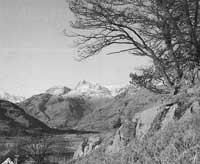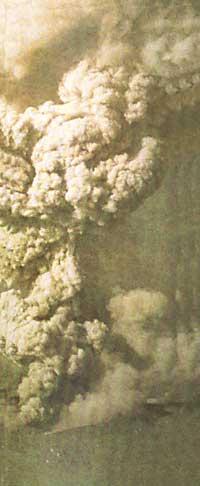Aircraft and ozone layer
1994/10/01 Elhuyar Zientzia Iturria: Elhuyar aldizkaria
The sounds that will prohibit flights in the stratosphere (that is, in the part of the atmosphere located at an altitude between 10 and 50 kilometers) have spread, since the planes that travel to those altitudes damage the ozone layer. In fact, Concorde, Boeing 747, Antonov and other large jet aircraft eject nitrogen oxides (NO, NO2) and water vapor in tons into the stratosphere, molecules that help create stratospheric clouds at altitudes between 20 and 30 kilometers.
These layers between 10 and 100 kilometers long and a few kilometers thick consume ozone. Proof of this is that the most dynamic air corridor in the world, which connects Europe with North America, has the highest concentrations of nitrogen oxides in the world. For example, last winter the amount of ozone was reduced by 25%.

Airlines have always tried to make flights as profitable as possible and have therefore gone to the stratosphere (due to the low consumption of kerosene of the plane). Currently half of the kerosene is consumed in the stratosphere in the world's aircraft, while stratospheric consumption in the northern corridor of the Atlantic Ocean is 75%. In the northern hemisphere, planes emit 80,000 tons of water vapor annually, and as air traffic grows year after year, for the first time sounds have been issued to ban stratospheric flights to protect the ozone layer.
Mr. Robert Sausen, from the German government, said that within five years, air flights that leave the stratosphere could be designed. Mr. Jouke Peper, from the German space laboratory, says that with a maximum altitude of 10.5 kilometers for flights in the north of the Atlantic Ocean, emissions into the stratosphere would decrease by 10%, with a limit of 9 kilometers, below 40% and 5.5 kilometers, the stratosphere would not pollute anything.
The problem is not so simple. In fact, although nitrogen oxides decrease the ozone layer by more than 10 kilometers of altitude, below (in the troposphere) these nitrogen oxides are converted by photooxidation into ozone, that is, into strong oxides.

Gai honi buruzko eduki gehiago
Elhuyarrek garatutako teknologia





